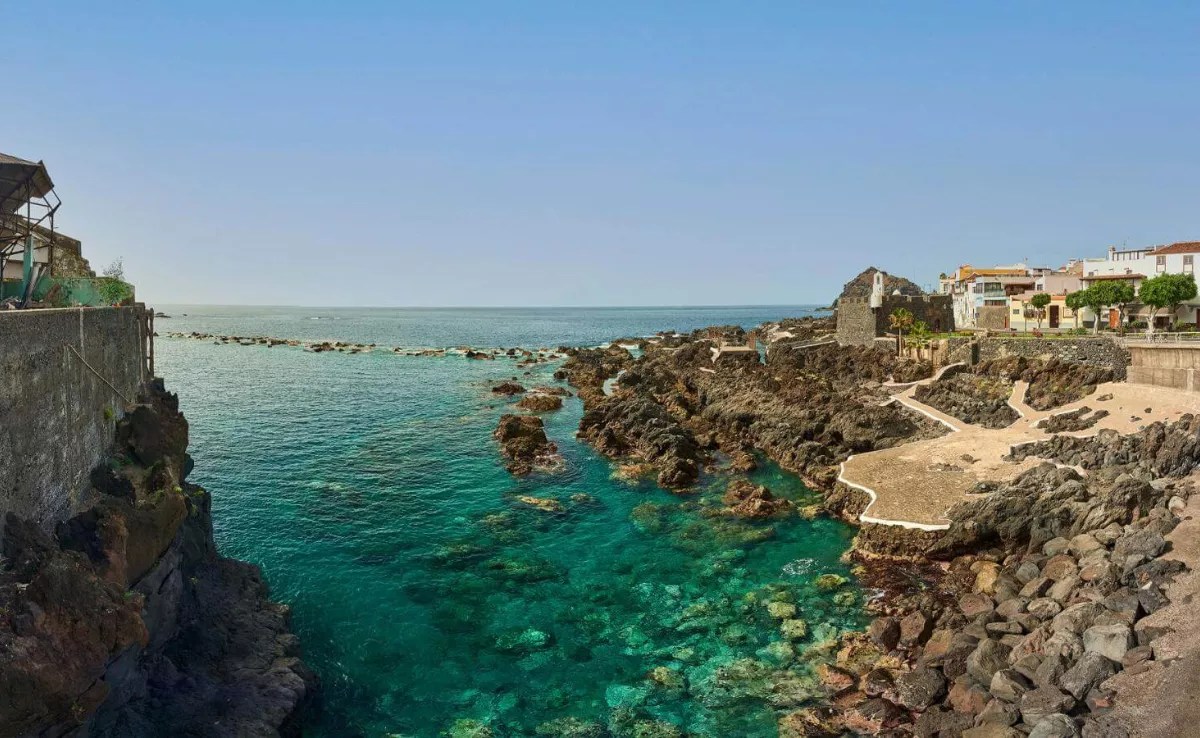
18,000 years ago, when the sea level was 120 meters lower, there were other islands located between Canary Islands and Portugal, and Lanzarote and Fuerteventura were connected, a situation that changed when the sea level rose.
This was discussed by Francisco García-Talavera Casañas, a Biology PhD from the University of La Laguna and a geologist and paleontologist, who gave a presentation on ‘Oceanic Islands of the Middle and Southern Atlantic’ at the Campus Africa.
Francisco García-Talavera Casañas began his speech by focusing on the Macaronesia islands, which have an oceanic volcanic origin, emerging from the seabeds due to successive volcanic eruptions.
Garcia-Talavera pointed out that Fuerteventura is the oldest Canary Island, with over 23 million years of age. Like the other locations in the Macaronesia, it emerged due to various volcanic eruptions.
Settlement of Macaronesia
[–>
The professor added that the settlement of the Macaronesia islands gradually occurred, with the air bringing pollen, small insects, and the first flying mammals, such as bats, as well as marine life through ocean currents.
Francisco García-Talavera mentioned that in the Macaronesia islands there is a common fauna, one of the most characteristic species being the wild dragon tree, which thrived away from the threat of goats. Similarly, the Canary Island date palm is present in all these archipelagos. Among the fauna, one of the common species is the fish known as ‘parrotfish’.
During his presentation, García-Talavera Casañas shared numerous anecdotes, such as Charles Darwin’s arrival in Tenerife, which ultimately could not happen due to a cholera epidemic, leading the author of ‘On the Origin of Species’ to land in Cape Verde instead.
In the second part of the presentation, he focused on the islands of the Gulf of Guinea; Bioko, Principe, Sao Tomé, and Annobon, which were conquered by Portuguese explorers, also providing a diverse overview of their flora and fauna, as well as notable cultural aspects.
















